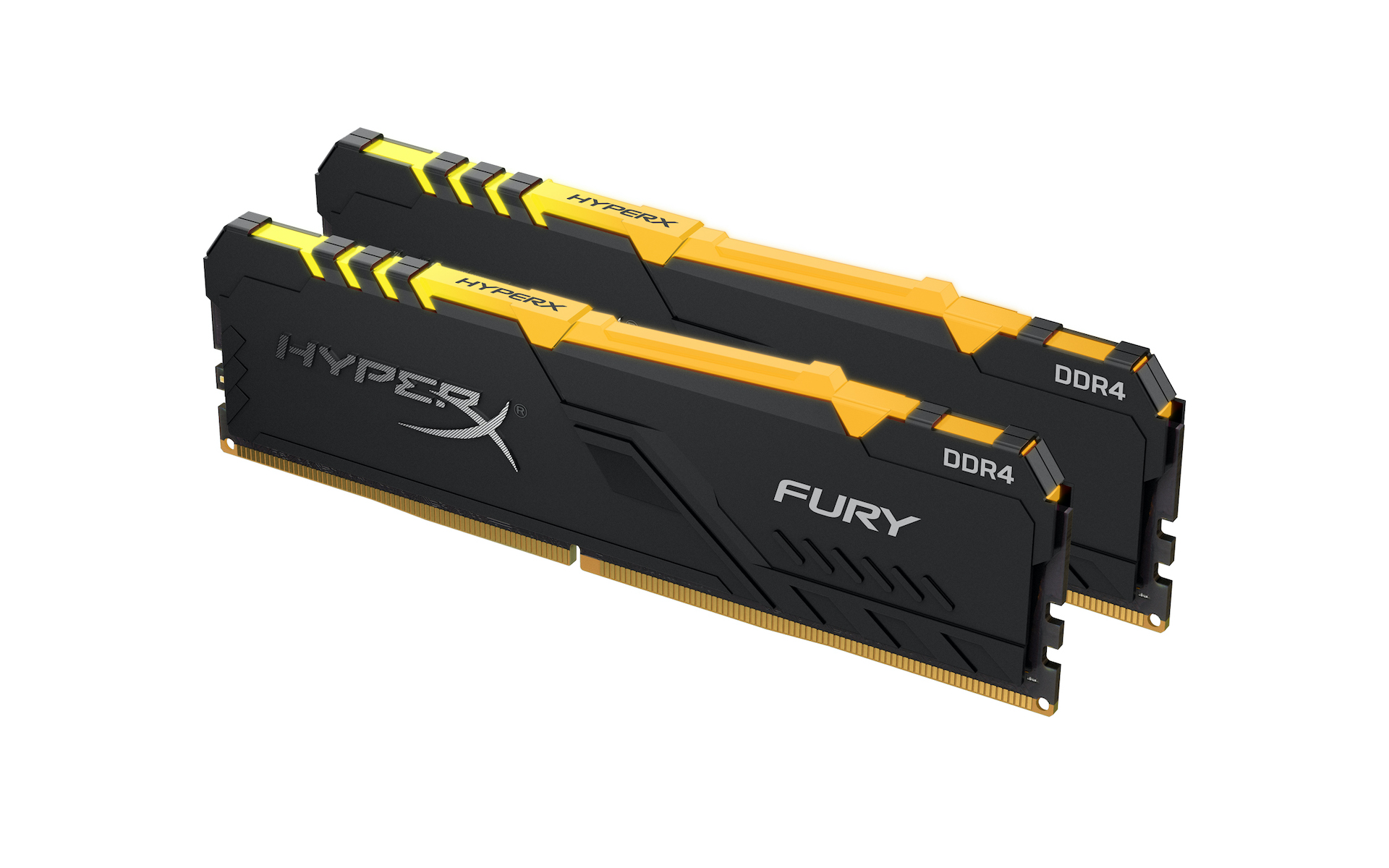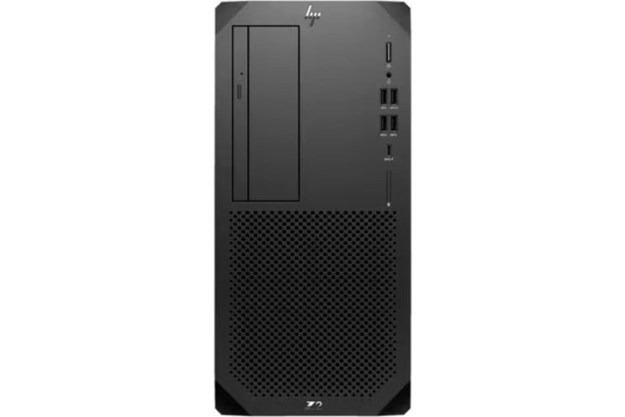HyperX announced the release of the new Fury DDR4 RGB and a fresh new design of the Fury DDR4 lineup of system memory kits. A division of Kingston Technology, HyperX is renown for its PC gaming peripherals and the key to that is its high-performance and cost-effective memory kits.
“The HyperX team is excited to expand our Fury DDR4 and Fury DDR4 RGB lineup for the next generation of PC enthusiasts who continually want the absolute best performance possible from their system,” Kristy Ernt, DRAM business manager at HyperX, said in a statement.

While the Fury DDR4 line isn’t new, in terms of design they’ve always been understated. HyperX refreshed the line with a new look and added an LED lighting strip to the Fury DDR4 RGB. This makes it look more like some of the best competitors kits in the market.
The new Fury DDR4 RGB features an LED strip on the top which, thanks HyperX Infrared Sync, allows for completely wireless sync of the lighting effects. The memory is compatible not only with HyperX’s own software, but also software from a range of motherboard vendors like Asus Aura Sync, Gigabyte RGB Fusion, and MSI Mystic Light Sync. In practice, this means the RGB will work well in almost any modern build and play nicely with other parts.
Besides the new RGB lighting, the whole Fury DDR4 line also works with Intel and AMD platforms that feature plug-and-play. This essentially allows the memory kits to be overclocked automatically at the standard 1.2V DDR4 settings. Additionally, the Fury DDR4 has predefined Intel Extreme Performance (XMP) profiles that are designed to maximize the performance of the memory kits.
The Fury DDR4 runs up to 3466Mhz speeds which isn’t the fastest possible speed available but certainly more than sufficient for the most demanding gamer. The kits deliver this speed at low CL15-CL19 latencies and come in single, dual or quad-channel kits.
The HyperX Fury DDR4 and Fury DDR4 RGB module sizes start at 4GB, 8GB, and 16GB with kits available up to 64GB. The new memory kits are available immediately through HyperX retail and online outlets.
Editors' Recommendations
- HP launches a new gaming laptop and HyperX accessories
- HyperX just made your next favorite gaming keyboard



